The driver leaned forward over the steering wheel of his Soviet-supplied ZIL-157 truck and peered intently into the darkness.
He was only responsible for a few kilometers.
Thats the way the Ho Chi Minh Trail worked.
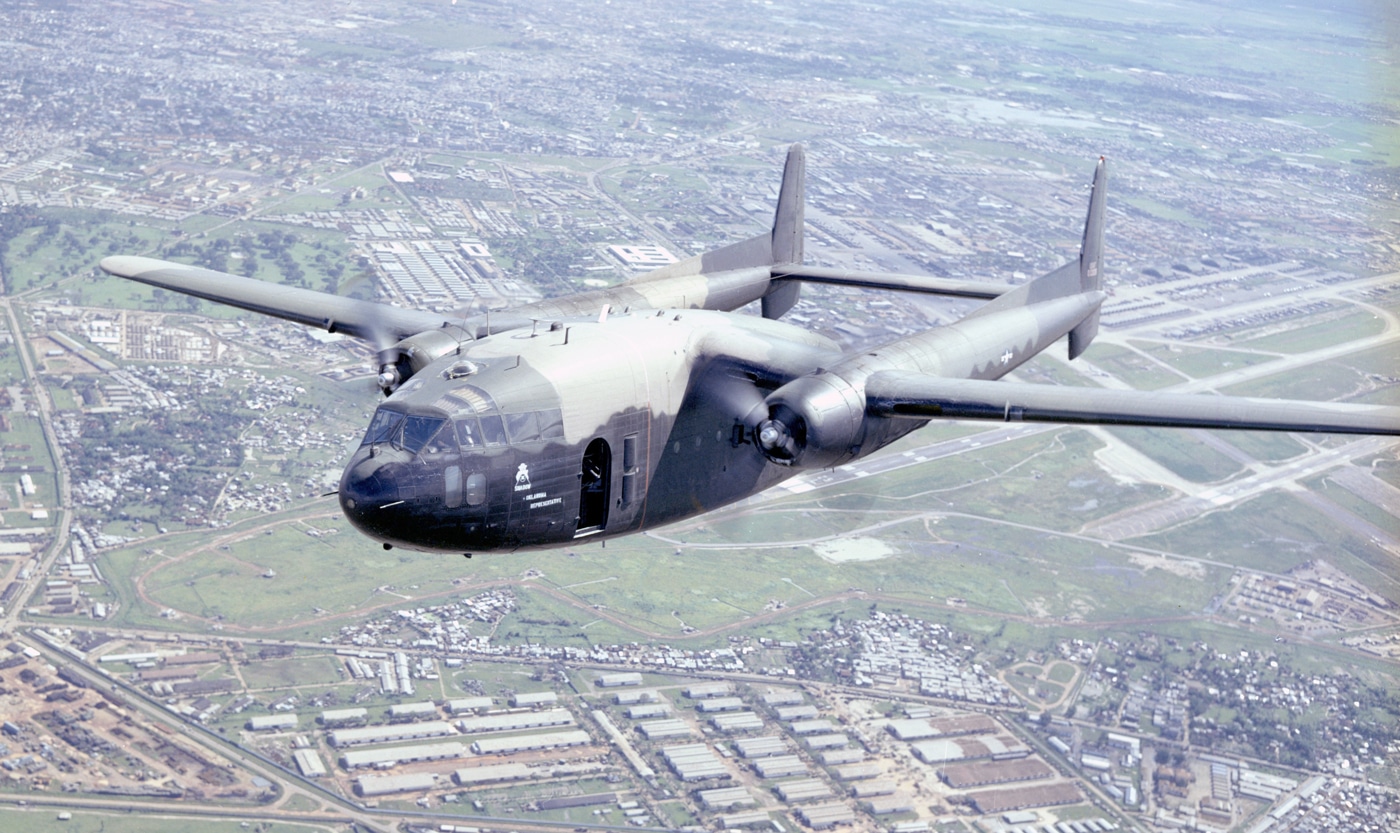
This AC-119G Shadow was assigned to the 17th Special Operations Squadron at Ha Trang Air Base. It is shown in this 1969 photo in flight near Tan Son Nhut Air Base, South Vietnam. Image: NARA
An army thrives or dies based upon logistics.
Lightly equipped Viet Cong and NVA troops had an insatiable thirst for ammo.
His cargo this evening was Combloc M43 7.62x39mm ammunition along with stacks of B-40 rockets.
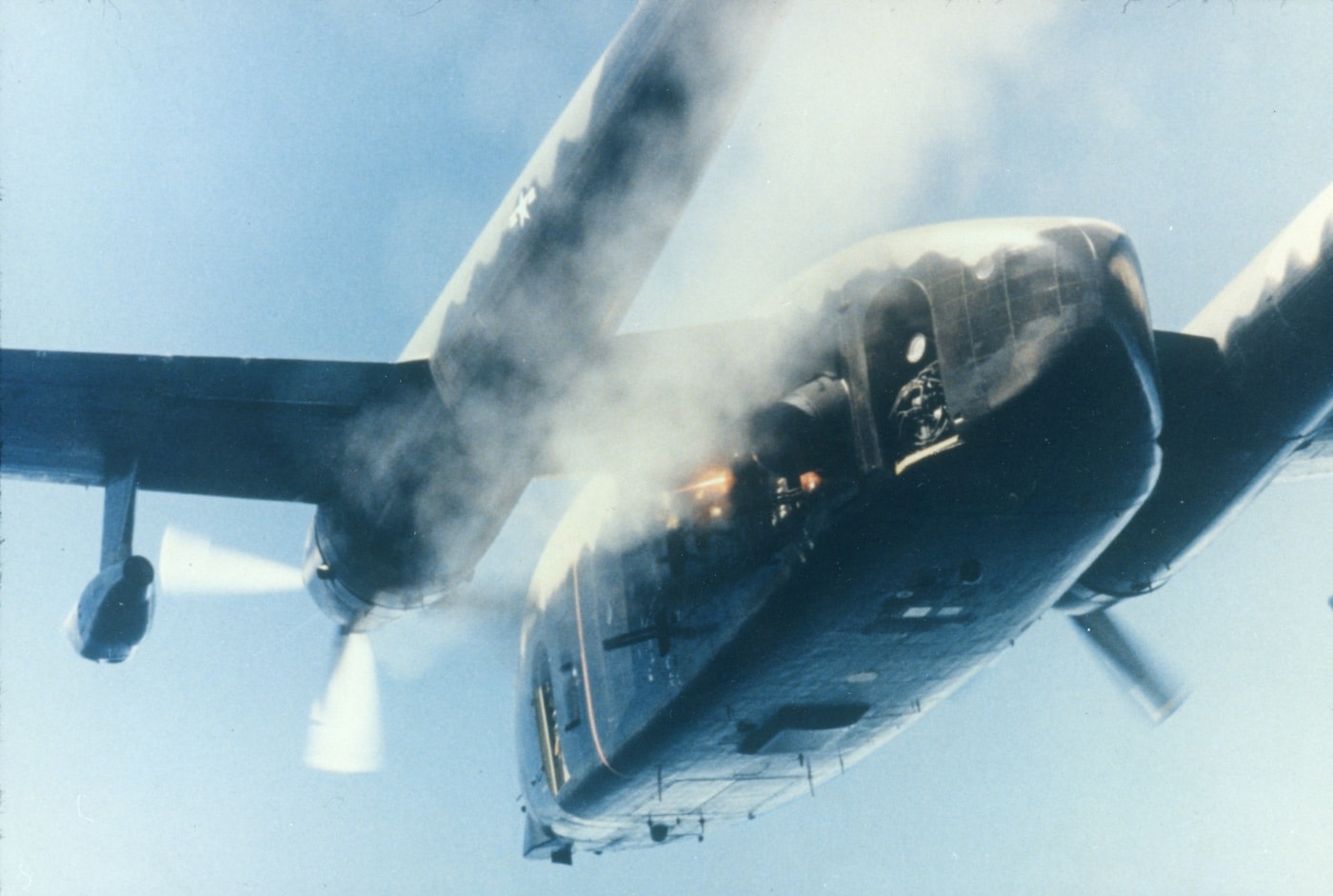
The AC-119K was designed to destroy communist supply vehicles along the Ho Chi Minh Trail. Image: U.S. Air Force
His small part in that huge machine was this short stretch of road.
NVA planners used the same drivers for each road segment.
They would then return to the starting point.
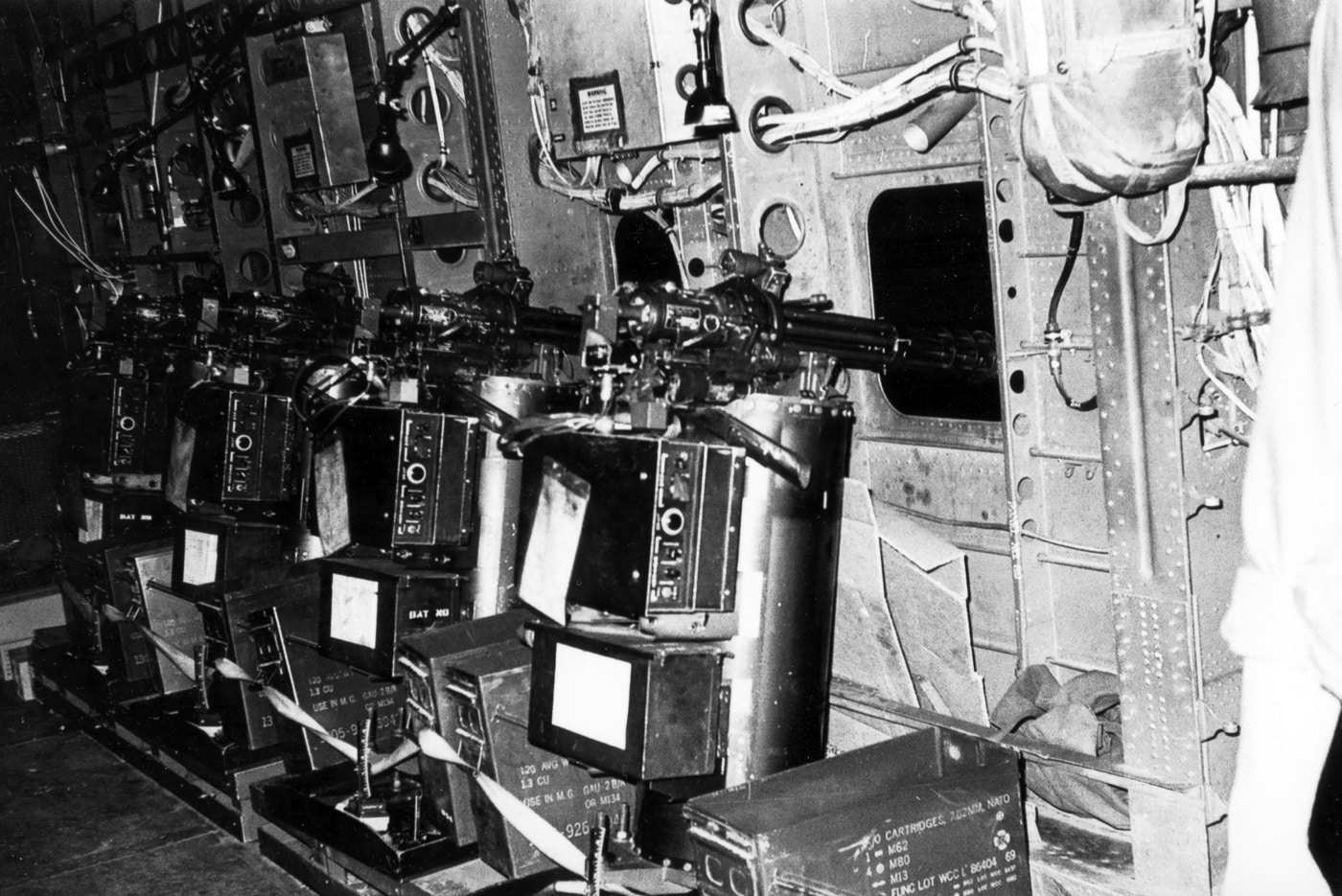
These General Electric GAU-2/A miniguns were mounted in a U.S. Air Force AC-119G Shadow. The GAU-2/A is also known as the M134. Image: San Diego Air and Space Museum
In so doing they came to know every meter of the track.
He was so familiar with his piece of the course he could drive it slowly in the dark.
That was by design.
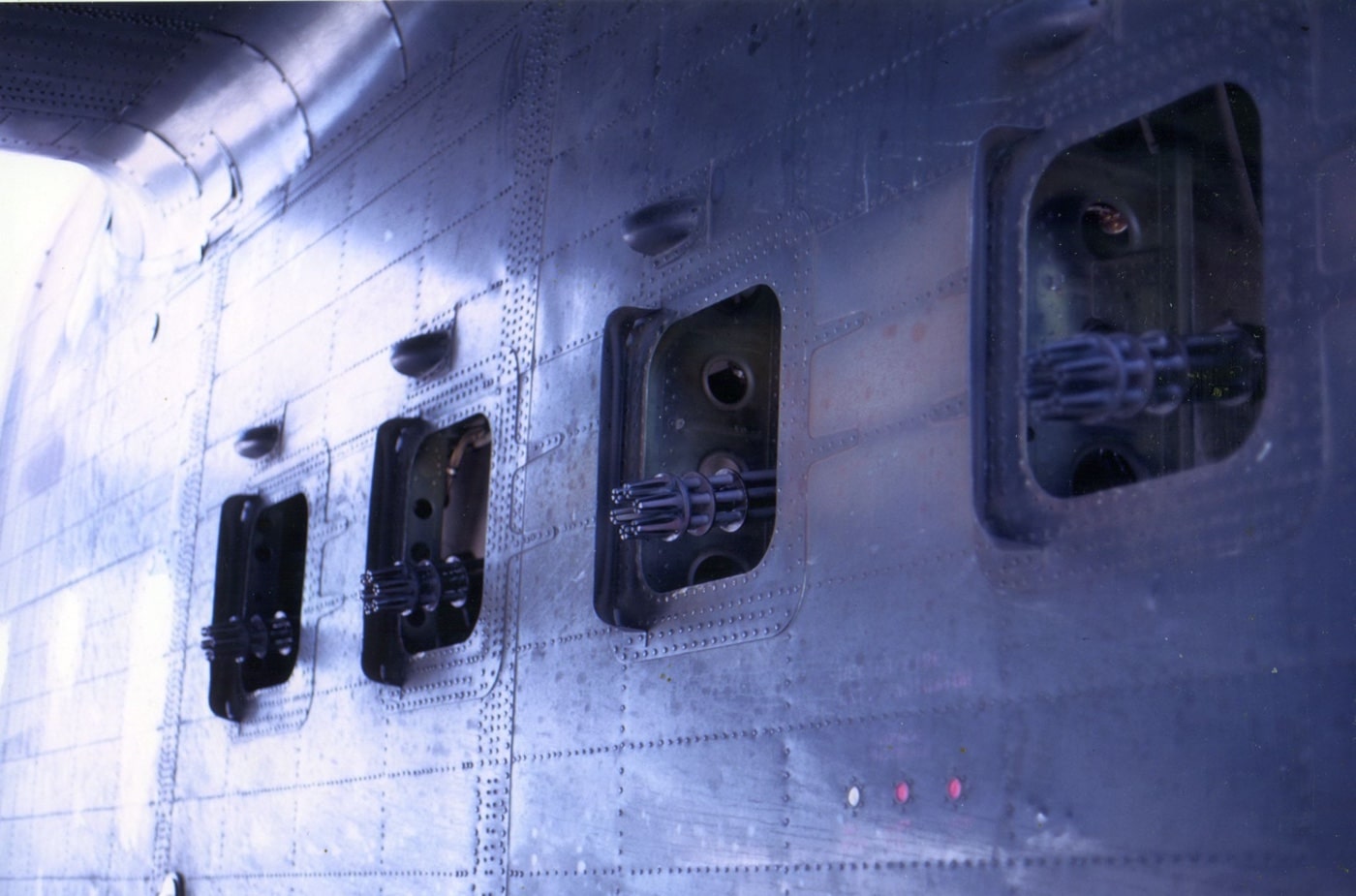
Both the Shadow and Stinger versions of the Fairchild AC-119 were armed with four miniguns that fired through ports in the plane’s fuselage. Image: San Diego Air and Space Museum
American airplanes were everywhere, day and night.
The North Vietnamese had attempted a brief run in daylight only to get pulverized by Yankee fighter bombers.
Now he eased his way forward as he had done so many times before.
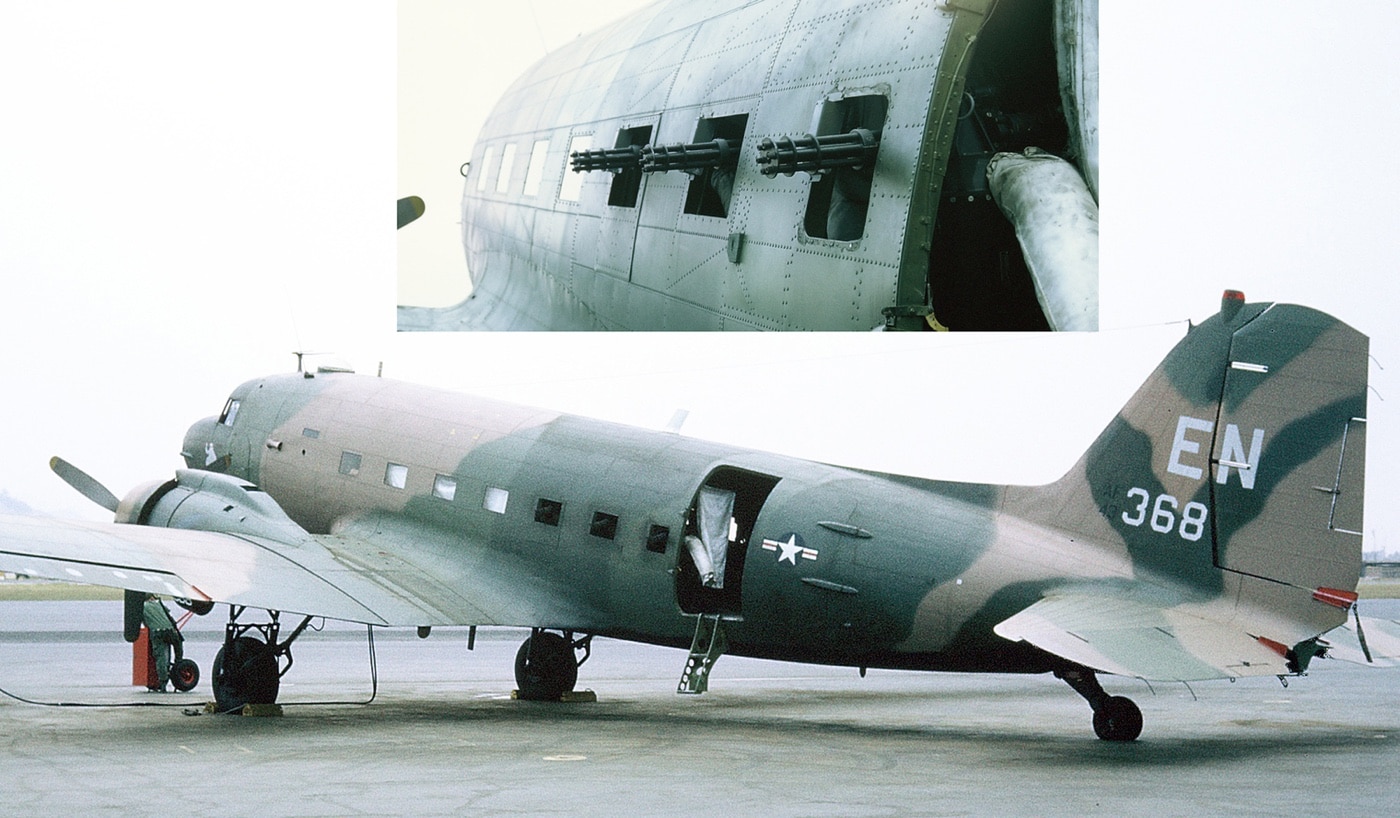
The AC-47 (shown here) used three miniguns instead of the AC-119’s four. The AC-119 was a high-wing design which allowed for more flexibility in where to mount weaponry. Image: U.S. Air Force
Then he saw the light.
The light was unnaturally white and seemed brighter than the sun.
The thick shaft moved soundlessly down the trail towards him, following its unique contours.
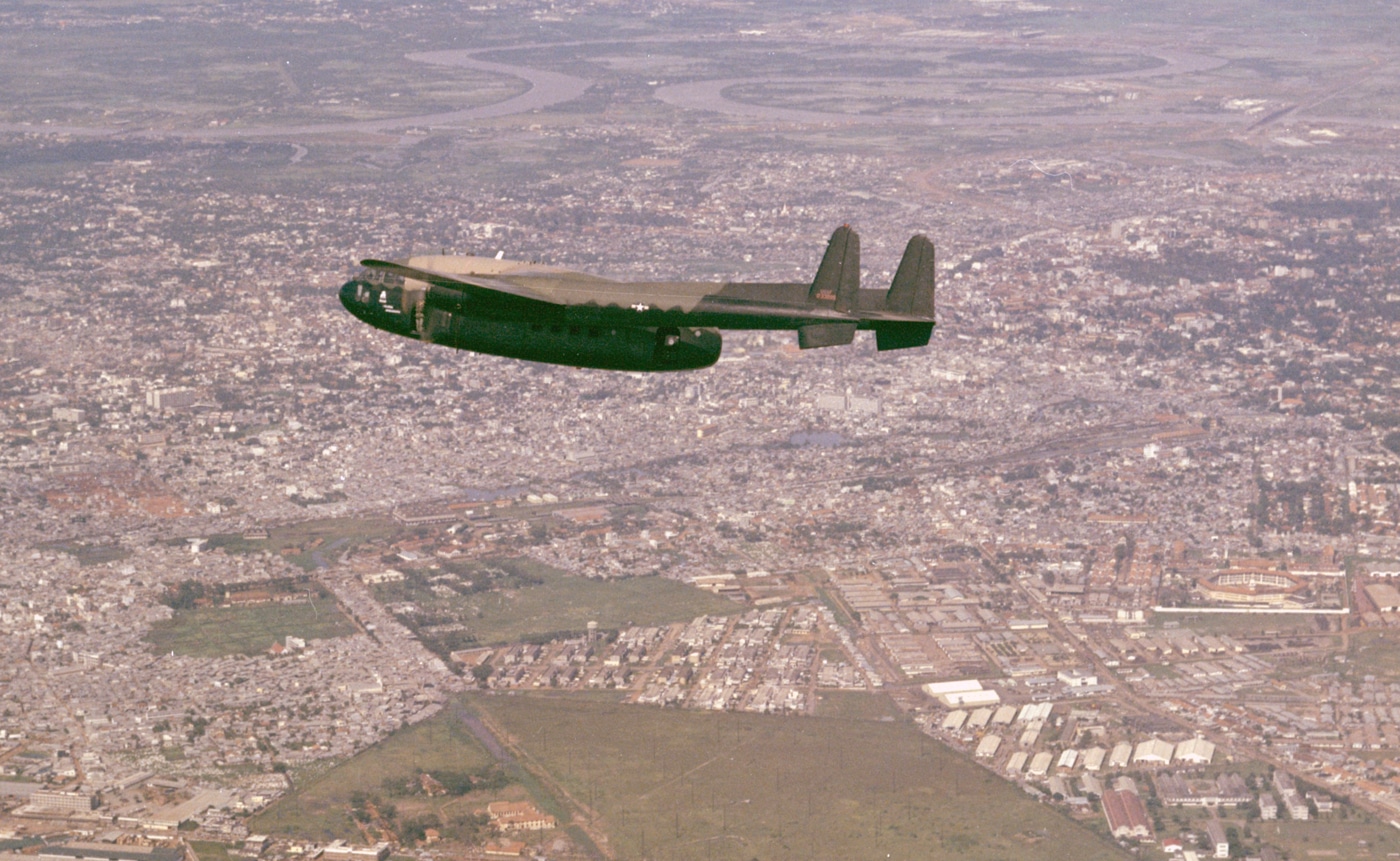
Part of the 17th Special Operations Squadron, this AC-119G flies over South Vietnam in October 1969. Image: NARA
Its top seemed to disappear into space above the jungle.
The driver was mesmerized by the sight.
Before he knew it, the brilliant shaft of penetrating white light bathed his truck and stopped.
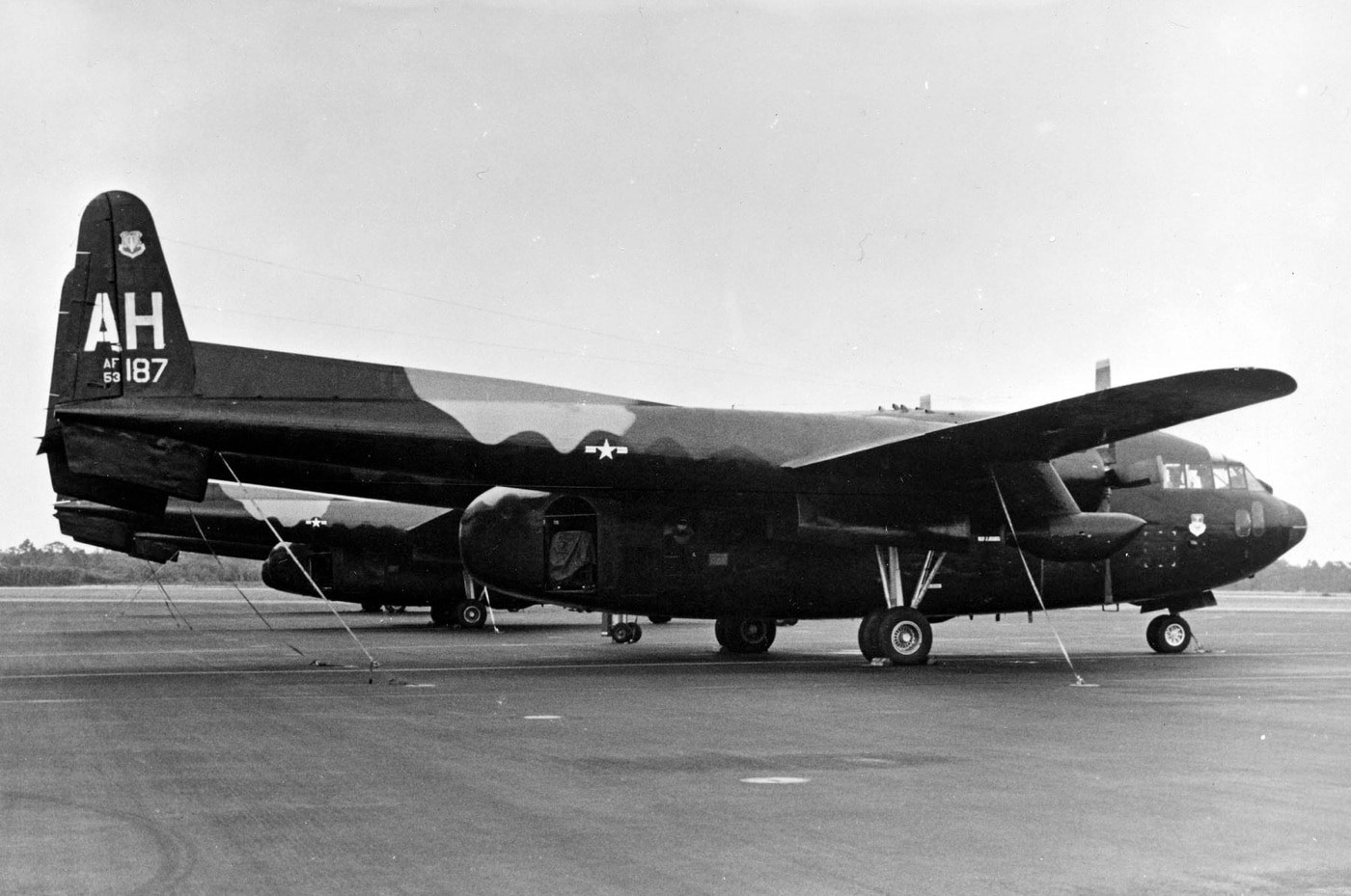
Shown here is an AC-119K of the 415th Special Operations Squadron. Note the G.E. J85 turbojet engines that have been added to the wings. Image: U.S. Air Force
The area around his ZIL shone like midday.
Thats when he realized what it was.
Without further hesitation, he left the truck in gear and dove out of the drivers door.
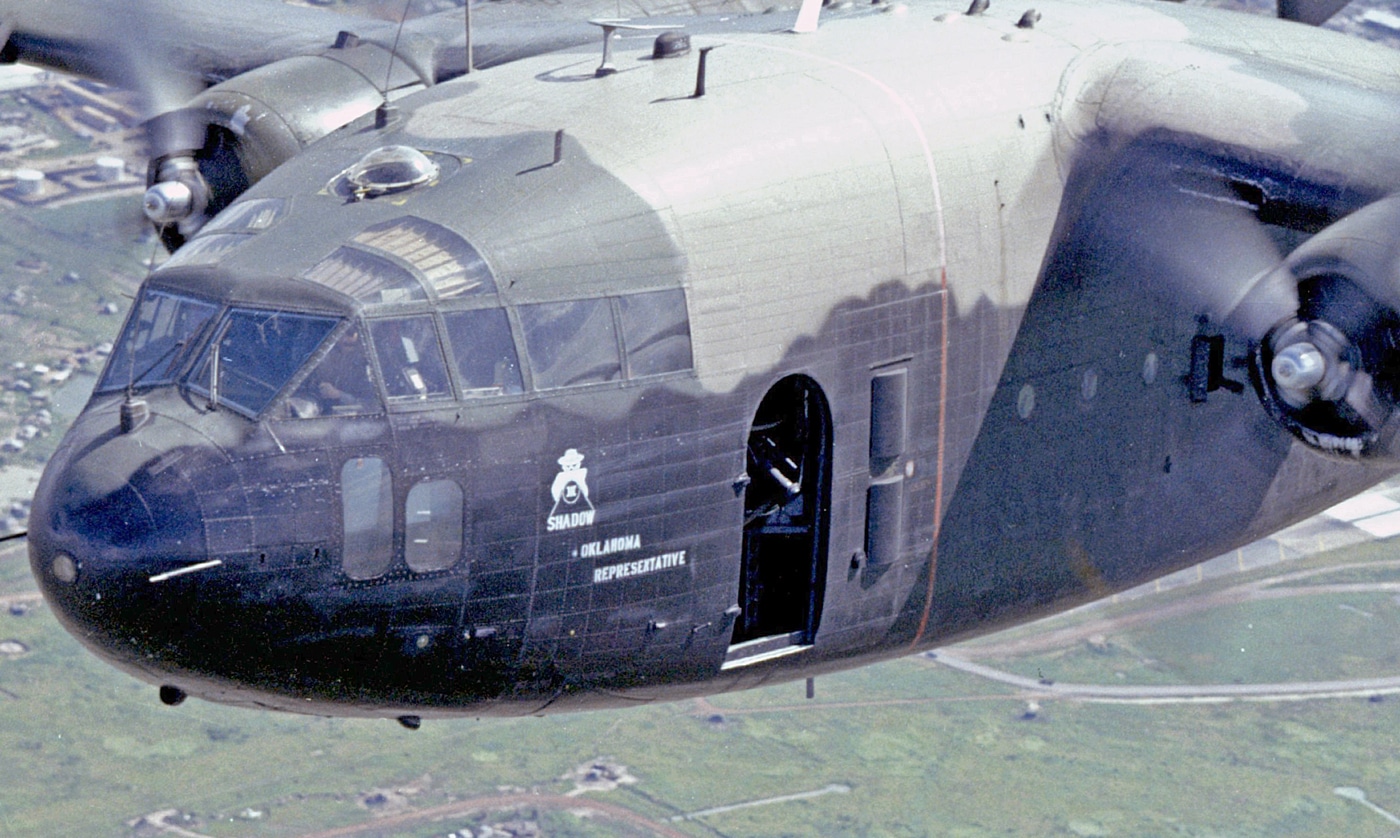
You can see the night vision equipment located in the “front door” of the AC-119G Shadow. Image: NARA
He had time to scramble into the jungle before the entire world exploded.
The truck was instantly immolated in a sleet of exploding cannon shells.
His cargo sympathetically detonated and spread what remained of his vehicle over a 50-meter radius.
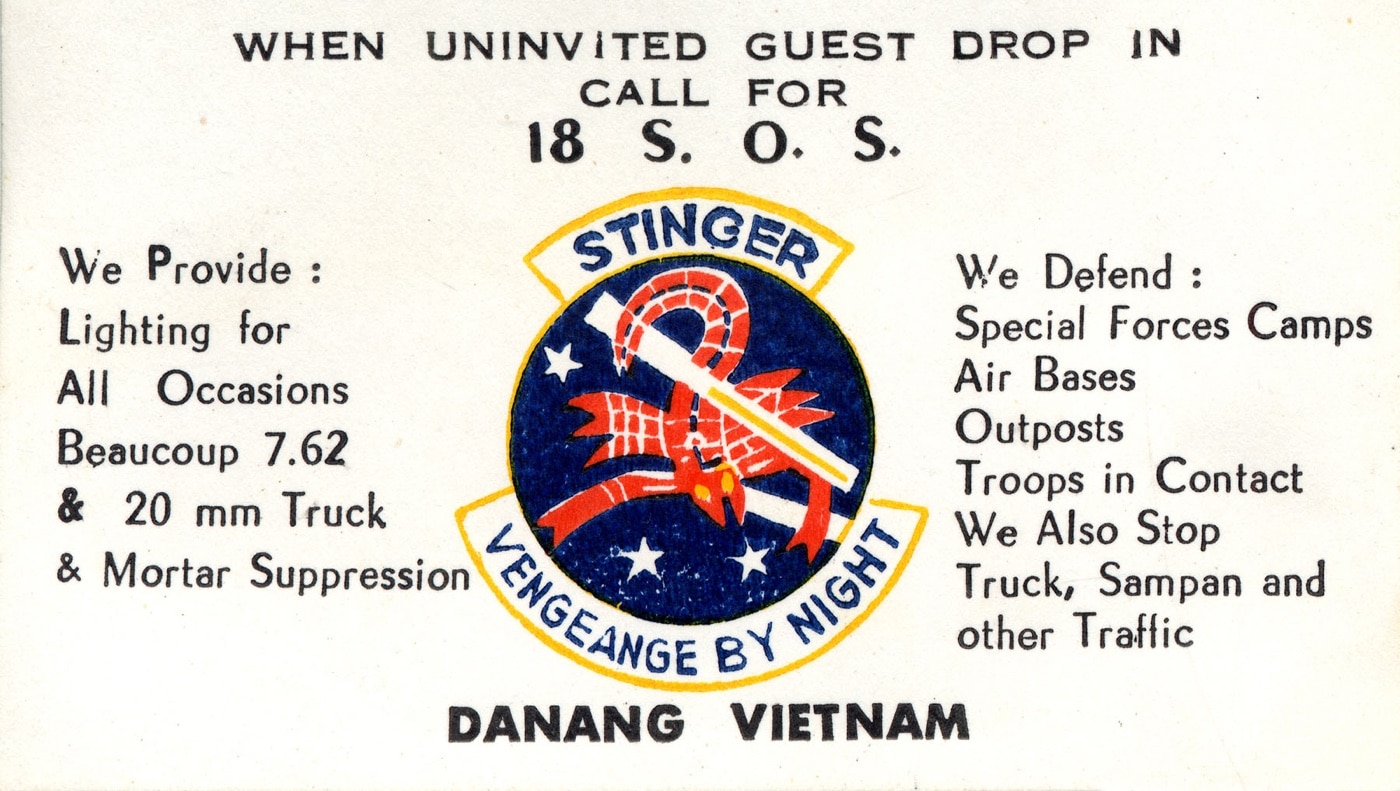
Shown here is a business card created by someone in the 18th Special Operations Squadron for their AC-119K crews. As noted on the card, the Stingers had the 20mm cannons that the Shadows did not.
As soon as it began, the attack was over.
He took a moment to catch his breath before heading back in the direction from which he had come.
There would soon be more trucks.
The AC-119K was one of two gunship versions of the C-119 Flying Boxcar.
The AC-119G was called the Shadow.
It was primarily designed for close-air support for American andallied troops in Vietnam.
The AC-119K Stinger was purpose-designed to destroy supply trucks in the dark.
Two guns fired through widows, while the third was set in the cargo door.
The result was theLockheed AC-130 Spectre gunship.
There just werent enough airframes to go around.
As such, Air Force engineers turned to the piston-driven C-119.
An additional 26 Boxcars were converted to the AC-119K Stinger.
The AC-119G featured a total of four GAU-2/A miniguns along with an extensive array of targeting and surveillance equipment.
The structural conversions took place at the Fairchild-Hiller plant in St. Augustine, Florida.
They were also in somewhat short supply during the time when the AC-119 was being developed.
The AC-119K utilized twin Wright R-3350-85 Duplex-Cyclone 18-cylinder radial engines each producing 2,500 horsepower.
This was the same powerplant used by the Boeing B-29 Superfortress and theDouglas A-1 Skyraider.
The AC-119K carried 1,500 rounds for each minigun along with 60 Mk 24 flares.
The RVNAF continued to operate the bang out until 1975 when Saigon was overrun.
Five AC-119 gunships were lost to combat action during the war.
The AC-47 started this party, and the AC-130 Spectre got all the press.




